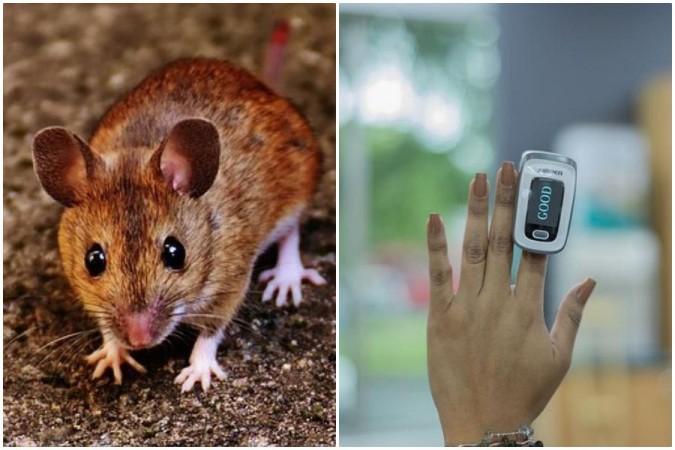A team of researchers from Japan has developed a new technique that allows laboratory animals to breathe through their rectum. During the study, researchers used an enema of oxygen-carrying liquid and proved that the life of oxygen-deprived animals can be saved through their bottom.
A recent report published in the New York Times, Dr. Takanori Takebe, of the Tokyo Medical and Dental University and the Cincinnati Children's Hospital Medical Center started his study on alternative oxygen delivery study after his father faced breathing issues due to a lung disorder.

Breathing through rectum
In an attempt to find an alternative solution for oxygen delivery, Takebe thought about reversing the farting process. He pumped oxygen up through the rectums of anesthetized oxygen-deprived laboratory mice. Being a painful process that could negatively impact intestinal function, researchers started to look into whether the intestines could directly absorb oxygen.
Researchers began squirting an oxygen-packed liquid into the rectums of mice and laboratory pigs who'd been induced into oxygen-deprived hypoxia. Surprisingly, mice started walking again, while the pale skin of pigs due to oxygen deprivation turned into healthy pink post the oxygen supply through the rectum.
"They are completely recovering from the very, very severe hypoxia. That was really astonishing to me," Takebe told The New York Times.
New technique could help patients suffering from hypoxia
Researchers, in their study report, noted that this alternative method of the oxygen supply through the rectum could help patients suffering from hypoxia in the future.
"Intra-rectal delivery of a liquid form of O2 known as conjugated perfluorocarbon, a compound historically used in clinics for liquid ventilation through airway administration, is highly tolerable and efficacious in ameliorating severe respiratory failure. Thus, by repurposing the distal gut as an accessory breathing organ, enteral ventilation therapy offers an alternative paradigm as an adjunctive means to patients who are in critical need of respiratory support," wrote researchers in the study report.
Dr Caleb Kelly, who wrote an accompanying study for Takebe claimed that the concept is highly fascinating and is feasible too in the future.
"It's kind of a startling idea, to use that part of human anatomy for gas exchange,'' Kelly told The New York Times.





!['Had denied Housefull franchise as they wanted me to wear a bikini': Tia Bajpai on turning down bold scripts [Exclusive]](https://data1.ibtimes.co.in/en/full/806605/had-denied-housefull-franchise-they-wanted-me-wear-bikini-tia-bajpai-turning-down-bold.png?w=220&h=138)



